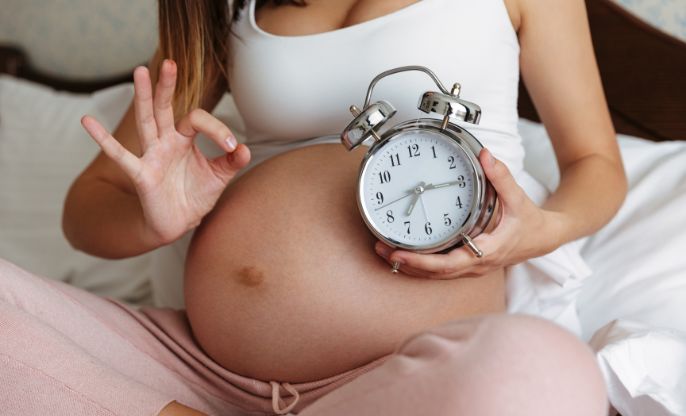
TIMING CONTRACTIONS
You can observe how long your contractions last (this is the duration) and how they are spaced that is how close they are (this is the interval or frequency).
In early labour, these may be 20 to 30 seconds at most with around a 20 minutes interval. As labour progresses, the duration may increase to over 60 seconds and the interval may decrease to about 3 minutes.
Remember: Rhythm is everything during labour. So, it would be prudent to wait and watch how this rhythm changes and evolves. Sometimes those early contractions can just stop and we could say in retrospect that this was pre-labor or practice contractions!
Using a stopwatch to monitor contractions
You may need a time-telling device to observe the rhythm of contractions. This may be a wall clock or a stopwatch. However, because birth is a primal function of the body where you need to focus on the work of labor rather than managing things on the outside; we suggest your partner to keep a track on time. Note: many women find timekeeping a distraction that slows the labor or gets in the way of her surrendering to the process.
When the birth companion/partner times the contraction, he can look for cues that tell the contraction has begun. This could be her breathing in a certain way or some movement. While keeping a watch on the clock, also notice how she automatically copes with the sensation of labor.
Takeaway
Labor will progress differently for different women. You will see this change in rhythm in many different ways, for example a woman who was gently breathing through a contraction may now get up and move her pelvis.
More in Labour & Birth

Release Of Membranes
5 Min Read

Informed choice and consent
1 Min Read

When To Go To The Hospital
3 Min Read

What Is Labour?
3 Min Read
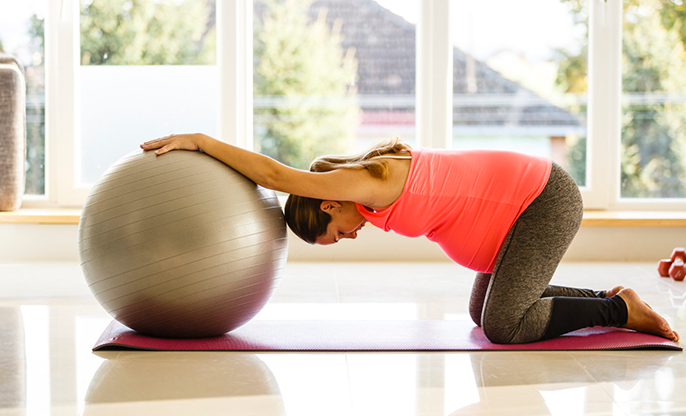
What Exercise Help In Labour?
3 Min Read
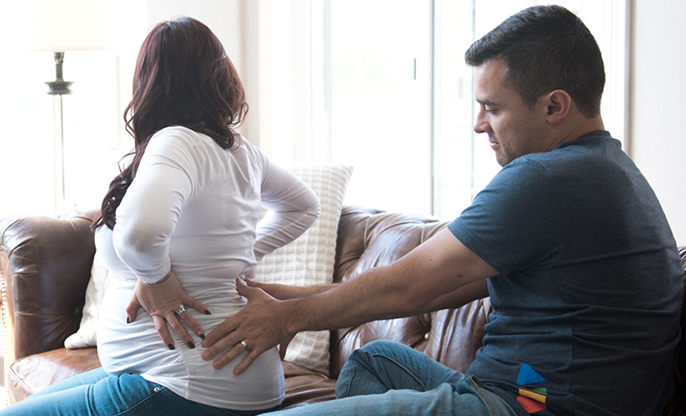
Partner's Role
4 Min Read

Pre-Labour Signs
5 Min Read

How Labour Begins
4 Min Read

What Are Contractions
4 Min Read

Stages Of Labour
7 Min Read

Coming together after a C section
1 Min Read

Sequence of Breast Crawl
1 Min Read
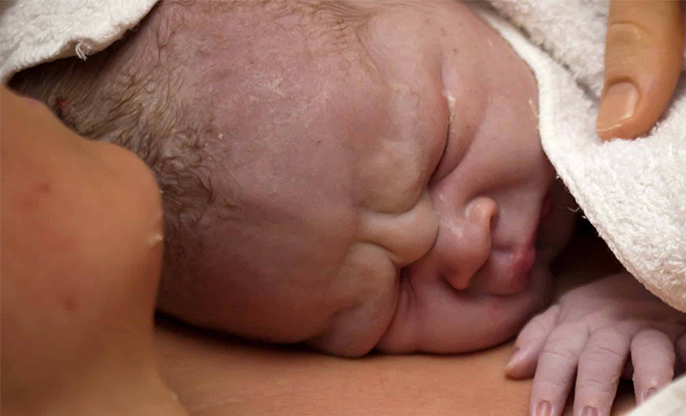
What is Golden Hour?
6 Min Read

Golden hour after Birth
1 Min Read

Encoded Safety / Threat System
1 Min Read

Transitions The Baby Needs to Make
1 Min Read

Natural Expulsion Reflex
11 Min Read

Birthing Stage
1 Min Read

Intro
1 Min Read
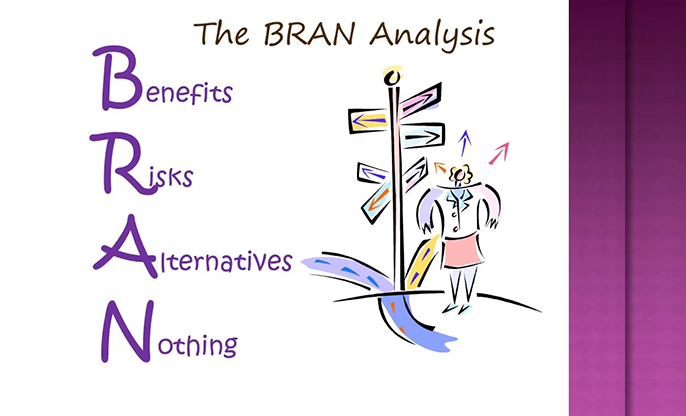
Using BRAINS to Make Decisions
3 Min Read
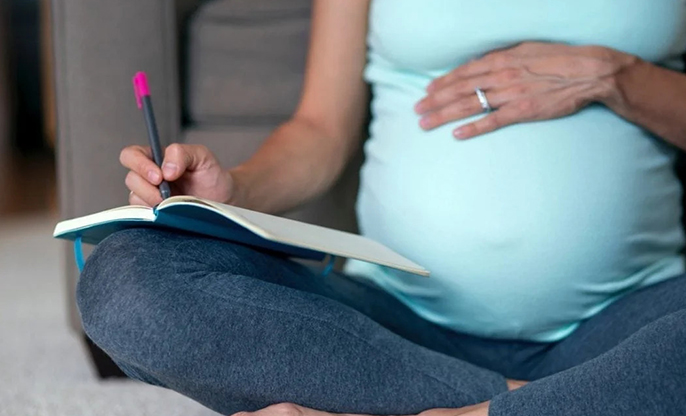
Benefits of Knowing Your Birth Plan
4 Min Read

Why Do You Need a Birth Plan?
1 Min Read
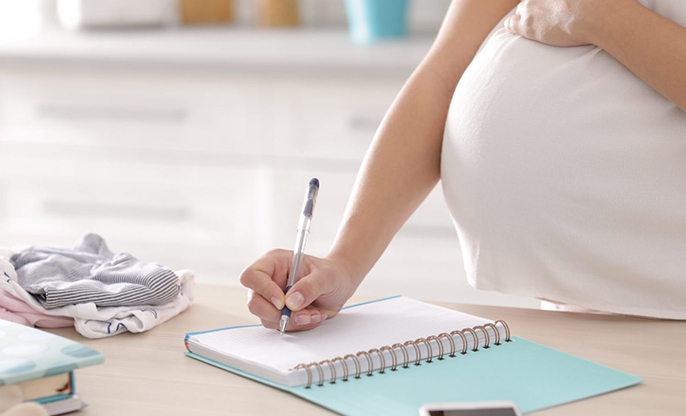
Why do you need a Birth plan?
6 Min Read

Care For The Baby
1 Min Read

Cesarean Birth
1 Min Read

Interventions At Birth
1 Min Read

Pain Management
1 Min Read

Managing And Monitoring
1 Min Read

Why And Wherefore Of Interventions
1 Min Read

TRAIGE
1 Min Read

Differentiating Medical Interventions
1 Min Read

Considerations While Choosing a Doctor
1 Min Read

Birthing In a Hospital
1 Min Read

Intro
1 Min Read

Scenario for Active Labour
1 Min Read

What Would You Choose
1 Min Read

Tips That Help In Labour
1 Min Read

Birth And Arriving Of The Baby
1 Min Read

Strategies For Transition
1 Min Read

Supporting With A Rebozo
1 Min Read

Acupressure Points
1 Min Read

Touch And Massage
1 Min Read

Birthball
1 Min Read

Movement
1 Min Read

Positions In Labour
1 Min Read

Breathing
1 Min Read

Comfort Measures During Active labour
4 Min Read
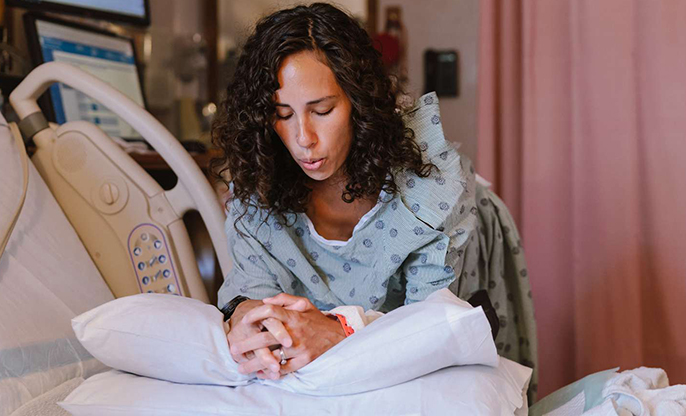
Coping Strategies For Active Labour
1 Min Read

Coping Strategies For Early Labour
1 Min Read
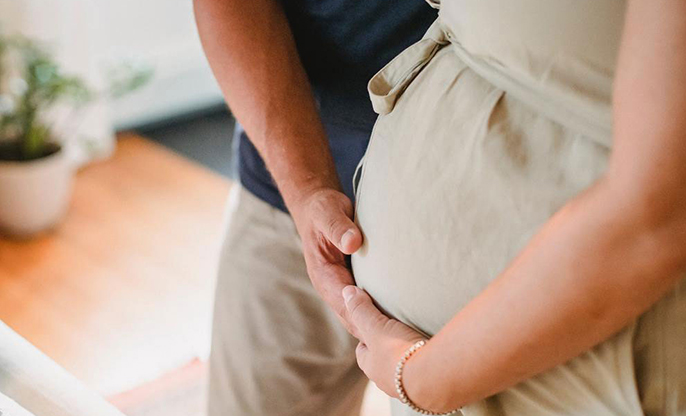
Intro
1 Min Read
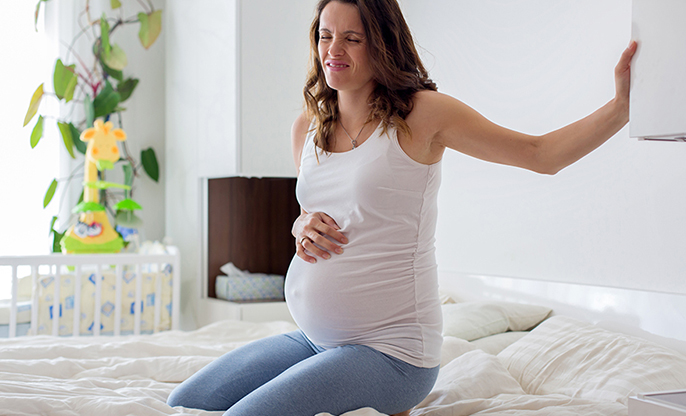
Navigating The Waves
4 Min Read

Lets Talk About Pain
1 Min Read

Key Elements
1 Min Read

Stages Of Labour
7 Min Read

Labour Land
1 Min Read

Hallmarks Of Progress
1 Min Read
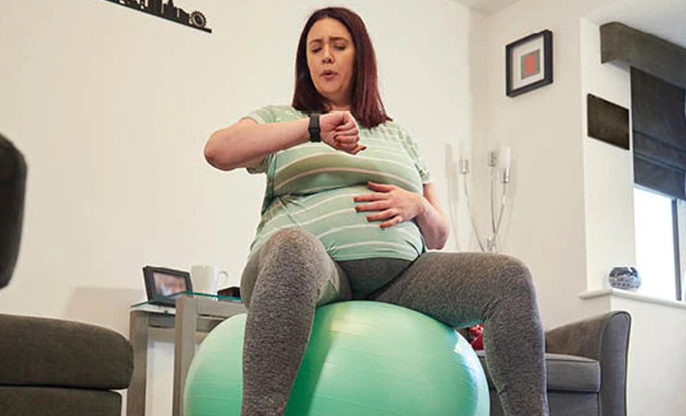
Timing The Contractions
4 Min Read

Release of Membranes
5 Min Read

Contractions
4 Min Read

How Labour Begins
1 Min Read

Prelabour Signs
7 Min Read
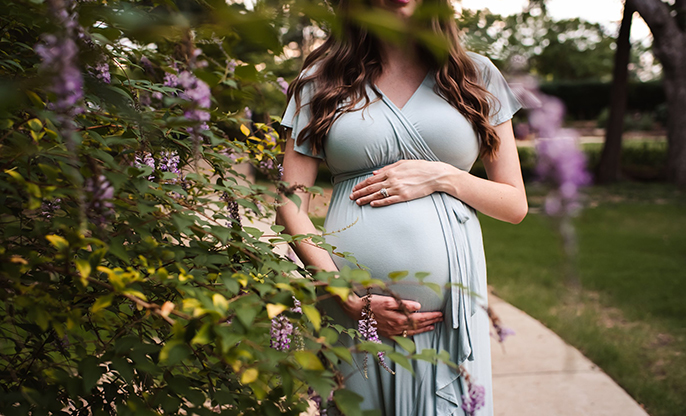
Getting Ready For Birth
1 Min Read
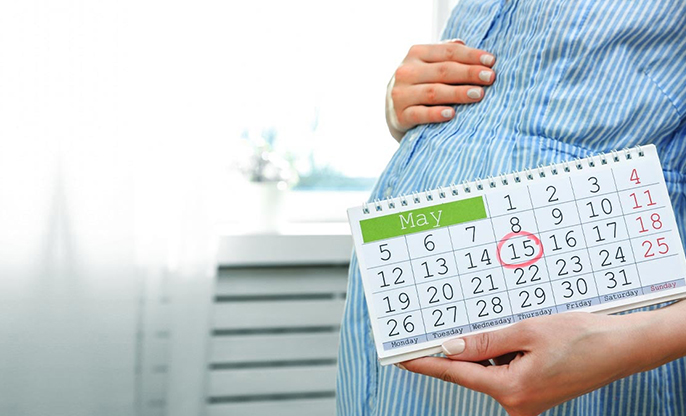
Cracking The Code
4 Min Read
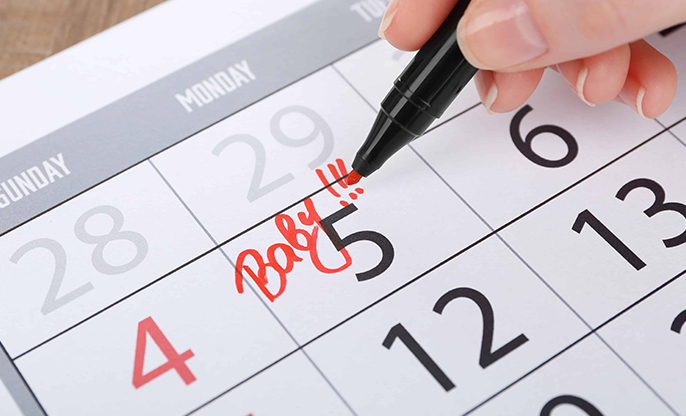
Due Date And Actual Birth Day
1 Min Read

